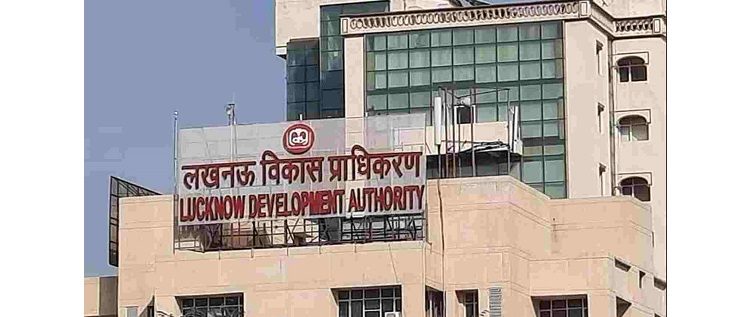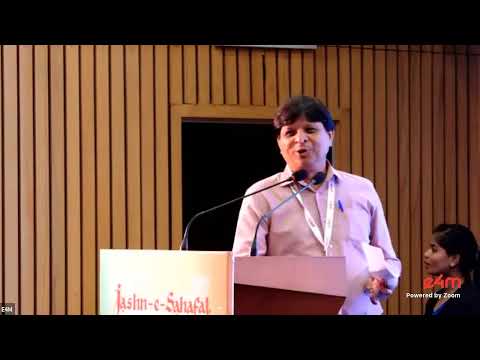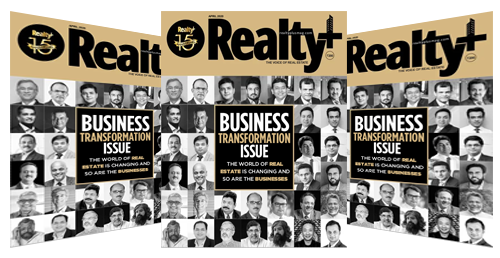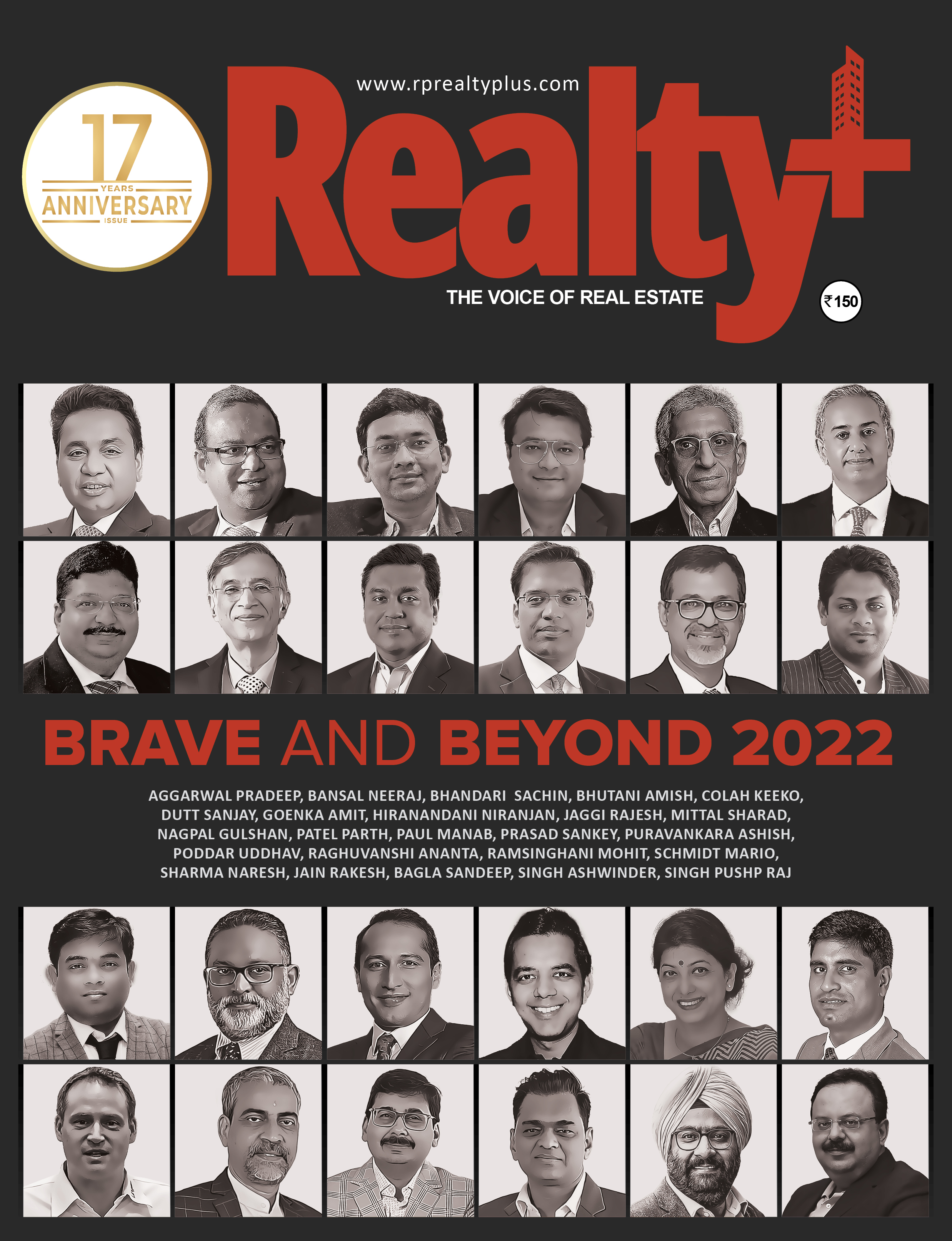E - PAPER
Housing for All by 2022-A Reality Check
Since 2015, 51 lakhs units have been approved under the PMAY scheme however only 8 lakhs units have been completed, which translates to the achievement of only 4.3% of overall urban housing shortage. Projects launches targeted at EWS by private developers remained negligible across the top 7 cities.
 BY
admin
BY
admin
Published - Friday, 05 Oct, 2018

Since 2015, 51 lakhs units have been approved under the PMAY scheme however only 8 lakhs units have been completed, which translates to the achievement of only 4.3% of overall urban housing shortage. Projects launches targeted at EWS by private developers remained negligible across the top 7 cities.
‘Housing For All by 2022: A Reality Check, a joint study released by Megalith Ventures and Meraqi, highlights the critical aspects of urban housing shortage in Indian cities in Economically Weaker Section (EWS) and Lower Income Group (LIG) segment, assesses the status of various Government announced initiatives and interventions and analyses the impact on ground in terms of private sector participation across the top 7 cities.
Housing shortage in urban areas is particularly high in the Economically Weaker Section at 10 million units and 7.4 million units in the Lower Income Group. Since the launch of PMAY (U) in 2015, 51.07 lakh houses have been approved, 28 lakh houses have been grounded and 8 lakh units have been completed.Affordable Housing in Partnership (AHP) projects were mostly launched on the land of Urban Local Bodies and Parastatal Agencies.
Across the top 7 cities, project launches by the private developer have been primarily in less than INR 26 Lakhs price segment targeted at LIG and MIG. There has been a serious lack of interest from the most crucial stakeholders - private sector for development of Affordable Housing in Partnership on PPP basis primarily due to incongruity between state and central policies.Post PMAY, only 10,384 units were launched by private developers in Bangalore in <60 sqm carpet area. However, these projects were not targeted at the EWS segment. 3,732 units were launched by Grade A developers with unit sizes of < 60 sqm carpet area post PMAY announcement - 53 percentage point increase compared to pre-PMAY period. Proportion of launches with units of carpet area < 60 sqm to total launches by Grade A developers increased from an average of 3.5% (2012-2014) to 9.1% in post PMAY.
It is also necessary to synchronize State & Central level Policies and to integrate them with the city’s master plan. This will help streamline approval processes at the city level.The approval processes need to be streamlined with a Single window approval for projects. Capacity of developers also needs to be enhanced with access to best practices/models adopted in low cost construction/modular technologies.
The report further highlights some of the key measures to be considered by the Government and implementing agencies to ensure increased participation of private sector in the development of affordable housing projects. “Earmarking dedicated zones for the development of affordable housing in a city’s master plan, more emphasis on in situ upgradation, formulating rental housing model policy, unlocking the land parcels and providing higher FSI and accessibility of construction finance are absolutely imperative to fulfil the target of ‘Housing For All by 2022’ says, Gorakh Jhunjhunwala, Managing Director, Meraqi.
RELATED STORY VIEW MORE
TOP STORY VIEW MORE

Mixed Outlook for Australia's Housing Sector In 2024
Mixed Outlook for Australia's Housing Sector In 2024
05 December, 2024NEWS LETTER
Subscribe for our news letter
E - PAPER
-
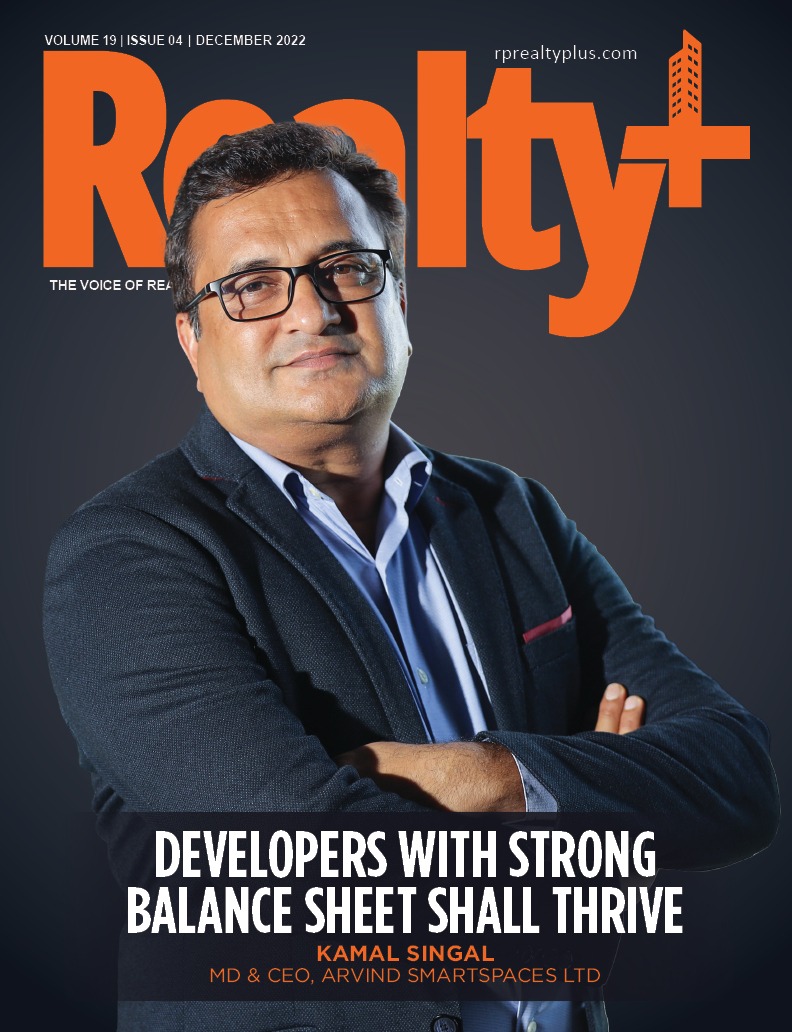
CURRENT MONTH 
LAST MONTH




